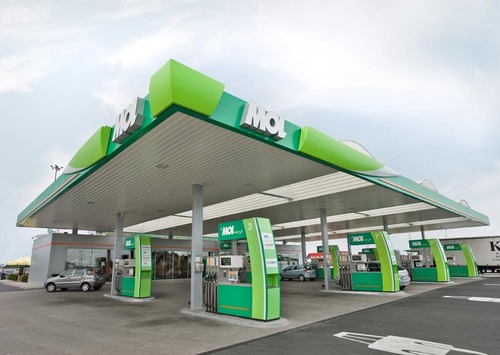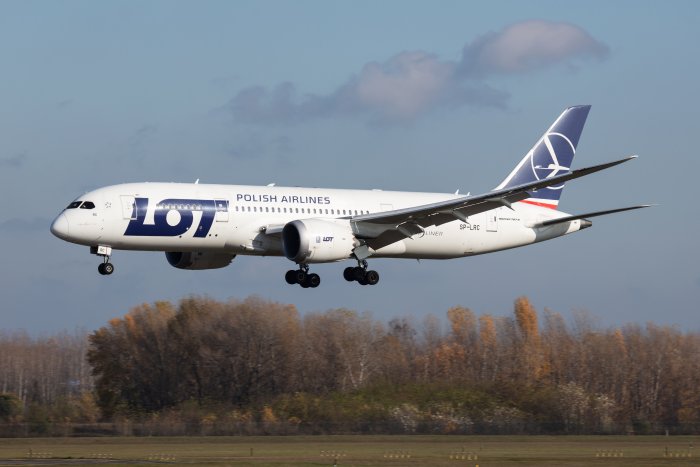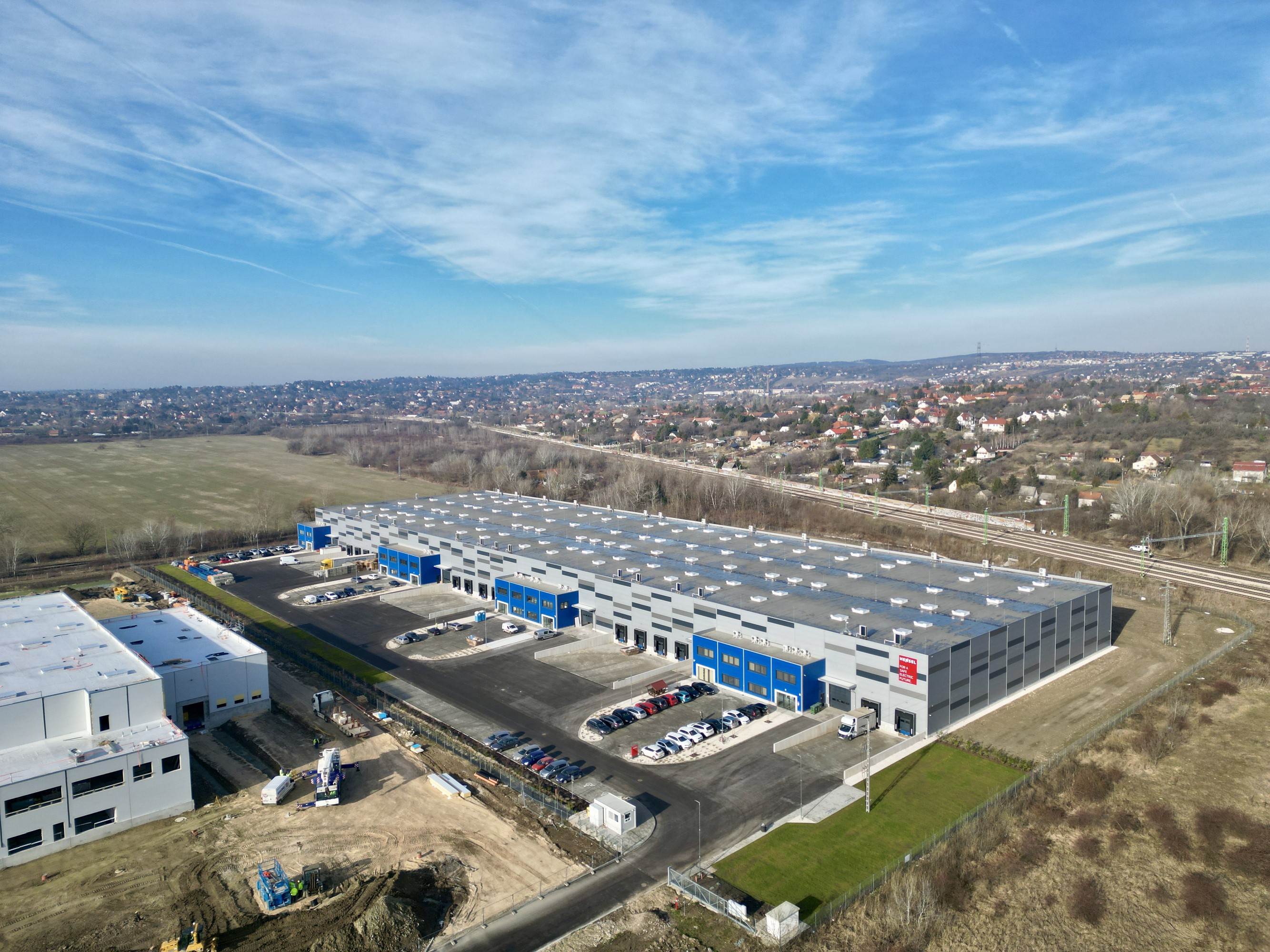More Development Moving to Provincial Hubs

CTPark Tatabánya is part of the portfolio of leading CEE developer and park operator CTP.
Industrial development activity is extending to provincial logistics hubs outside the Greater Budapest area, as is the model elsewhere in Central Europe, says the Budapest Business Journal’s real estate editor, Gary J. Morrell.
Poland and the Czech Republic continue to be the dominant markets in the region, as both benefit from their geographic position in major European logistics and industrial networks, notably with close proximity to Germany.
In Hungary, the developer-led market has traditionally been limited to the Budapest area around the M0 orbital motorway, as light industrial companies tended to establish their own owner-occupied facilities. This is reflected by the Budapest Research Forum, which has tracked stock changes and vacancy rates in the Greater Budapest area rather than for Hungary overall.
“Most of Hungary’s logistics space is concentrated around Budapest, in particular along the M0 road, whereas production facilities are spread throughout the country, often incentivized through subsidy and attracted by substantially lower labor costs,” comments Cushman & Wakefield.
“Therefore, most manufacturers operate in owner-occupied schemes and are not part of the Hungarian institutional stock. With some four million [sqm of space] built for lease, the Hungarian market is one of the smallest in Central Europe,” it notes.
Although Hungary is now seeing development growth away from Budapest, 57% of completions were still in Central Hungary (the region comprising the capital and the surrounding Pest County) in 2021, and it has 49% of the pipeline under construction pipeline. Western Hungary has a pipeline of 370,000 sqm, and Eastern Hungary 190,000 sqm, according to CBRE.
Critical Player
The automotive industry has been a critical player in the industrial and logistics sector outside the capital, with production and component centers in Győr, Kecskemét, Debrecen and Esztergom, where functioning commercial developer-led industrial hubs are emerging.
While auto manufacturing is moving from traditional internal combustion engine products toward electric vehicle production, this is creating opportunities for battery manufacturers and other related product suppliers in Hungary.
“These brands operate out of owner-occupied schemes, and their presence is the catalyst of build-to-suit development in their surroundings. These warehouses are usually occupied by direct suppliers of the main plant,” adds Cushman & Wakefield.
The consultancy has traced 2.9 million sqm of industrial and logistics space in the Budapest area and another 1.3 million sqm in the countryside; that makes for a very small stock in comparison with other Central European markets. The stock per capita is below the regional average in Central Europe, which indicates there is scope for growth in Hungary’s secondary markets.
The Hungarian Infogroup has most of its developments in countryside locations. The developer has launched a 20,000 sqm speculative development in Kecskemét, another of the same size in Miskolc, and is about to commence a further project in Polgár. At Tatabánya, it will deliver a 9,700 sqm logistics facility for Magyar Posta. The company has a portfolio of around 100,000 sqm of logistics and industrial space, mainly located in eastern and central Hungary.
Balázs Czifra, director of sales, asset management and business development at Infogroup, sees strong demand in both logistics (e-commerce driven) and manufacturing and light industrial, mainly assembly halls.
E-mobility Trends
The automotive industry, and in particular the new trends related to e-mobility, is providing a secure base to support growth further. The company also sees a strengthening demand for city-logistics properties and therefore has such schemes under planning and permitting with a focus on Central and Eastern Hungary.
With regard to further development outside the capital, the state-owned National Industrial Park Operator and Developer (NIPÜF) has a development land bank that covers most regional cities across Hungary.
The company aims to deliver logistics parks in areas not provided for by the market and currently has around 20 parks in locations across the country. Its latest project, Inpark Nagykanizsa, is located on a 73-hectare site in the west of Hungary. This brings space in the portfolio to 230,000 sqm across Hungary.
The leading CEE developer and park operator CTP has projects in the Budapest area in addition to secondary cities such as Győr, Debrecen, Szeged, Komárom and Tatabánya, and plans to have one million sqm of BREEAM accredited space in Hungary by the end of 2022.
The regional industrial park developers and operators are the biggest owners of industrial stock in Hungary. With the new Prologis Sziget II development, Prologis has a pipeline of 50,000 sqm of space in Hungary for the year. The developer is concentrating its development strategy in the M0 area around Greater Budapest.
The government says it is committed to improving the infrastructure from a logistics perspective, providing road links to major motorways where they are lacking. Further, from an international perspective, the Budapest-Belgrade rail link renewal, a project largely financed by China, will provide a 130 km high-speed link between the two capitals.
This article was first published in the Budapest Business Journal print issue of July 29, 2022.
SUPPORT THE BUDAPEST BUSINESS JOURNAL
Producing journalism that is worthy of the name is a costly business. For 27 years, the publishers, editors and reporters of the Budapest Business Journal have striven to bring you business news that works, information that you can trust, that is factual, accurate and presented without fear or favor.
Newspaper organizations across the globe have struggled to find a business model that allows them to continue to excel, without compromising their ability to perform. Most recently, some have experimented with the idea of involving their most important stakeholders, their readers.
We would like to offer that same opportunity to our readers. We would like to invite you to help us deliver the quality business journalism you require. Hit our Support the BBJ button and you can choose the how much and how often you send us your contributions.








